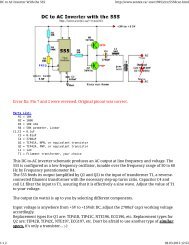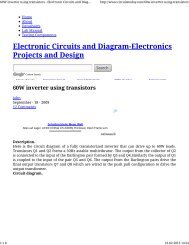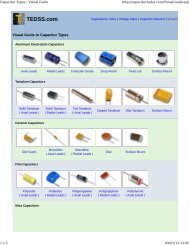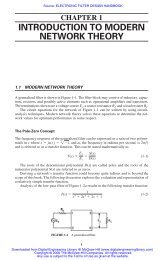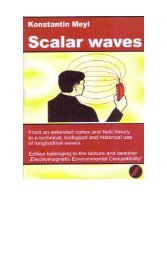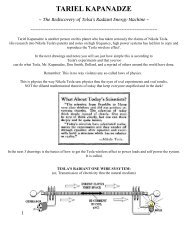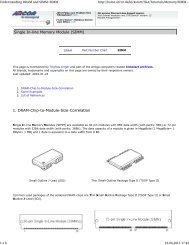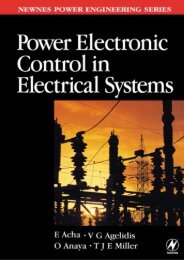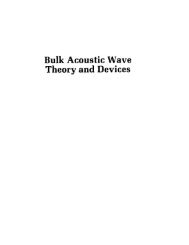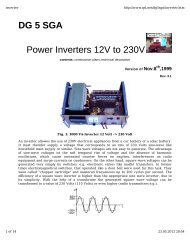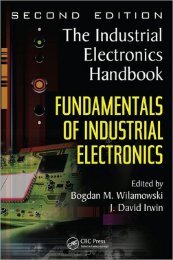New Energy Technologies Magazine nr 3 2005.pdf - Index of
New Energy Technologies Magazine nr 3 2005.pdf - Index of
New Energy Technologies Magazine nr 3 2005.pdf - Index of
You also want an ePaper? Increase the reach of your titles
YUMPU automatically turns print PDFs into web optimized ePapers that Google loves.
attery connected through a high-power<br />
MosFet Switcher. The Switcher is driven by a<br />
10 MHz pulse generator. The efficiency <strong>of</strong> the<br />
system went from a maximum <strong>of</strong> 243% up to<br />
1153% while the duty <strong>of</strong> the squared pulse<br />
decreased (up to 5%). This refers to the time<br />
interval each DC pulse is acting on the hydrogen<br />
molecule. By using the battery and the special<br />
MosFet Switcher, the length <strong>of</strong> time for the<br />
pulse was shortened by up to 5%. In other<br />
words, by using a more precise pulse, Mr.Naudin<br />
was able to achieve much better results than<br />
with the previous pulse produced by a power<br />
supply. Apparently, the features <strong>of</strong> the new<br />
pulse allowed the vacuum energy pump to work<br />
more efficiently. We expect that Mr.Naudin will<br />
present a graph <strong>of</strong> this new pulse when available.<br />
What Next<br />
Once others have been able to repeat these<br />
results, and the effect fully characterized,<br />
explained, and optimized; the big question will<br />
be how practical this technology will be as a<br />
free energy tapping modality.<br />
Solar energy is free energy, but the hardware<br />
required to convert photons to electricity is<br />
anything but free. Likewise, even though this<br />
FMAHG technology apparently taps free<br />
energy, does not automatically mean that it will<br />
solve the world's energy problems. The machine<br />
cost and efficiency will be a primary<br />
consideration in the practicality <strong>of</strong> the<br />
technology for commercial application.<br />
Preliminary results and extrapolations appear<br />
promising for the FMAHG. Further studies<br />
and development will answer that question<br />
more definitively.<br />
In an email granting permission to use the<br />
images that appear in this article, Naudin said,<br />
"I hope that my modest contribution <strong>of</strong> my<br />
researches about this fascinating device will<br />
soon give us a clean energy source for the<br />
future and will contribute to saving our<br />
planet".<br />
Beene gives his opinion that "<strong>of</strong> all the many<br />
projects going-on in alternative energy right<br />
now, this is by far the closest thing to being a<br />
demonstrable (and shocking) success within the<br />
next 6 month time-frame. By success, I mean<br />
self-powered overunity leading to an immediate<br />
commercial prototype - or at least something<br />
which cannot be denied by the mainstream <strong>of</strong><br />
physics as being overunity (probably ZPE) and<br />
instantly marketable."<br />
In the throws <strong>of</strong> this recent success, Naudin's<br />
Fig. 8. MAHG tests: Filament temperature Vs time. Tested by J.L. Naudin, May 2005.<br />
10 <strong>New</strong> <strong>Energy</strong> <strong>Technologies</strong> #3(22) 2005



